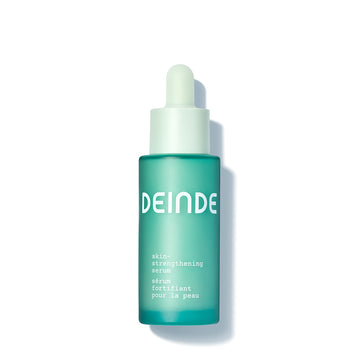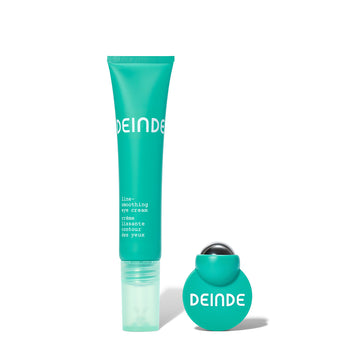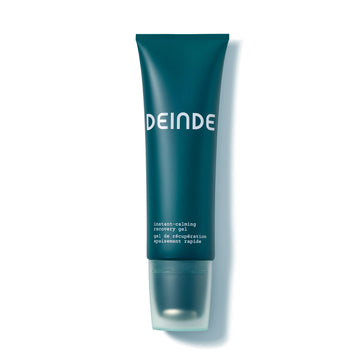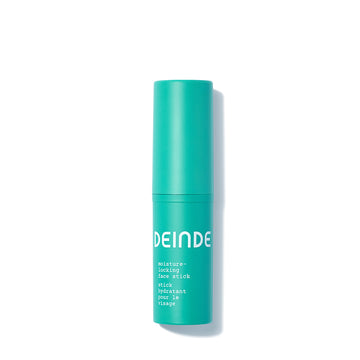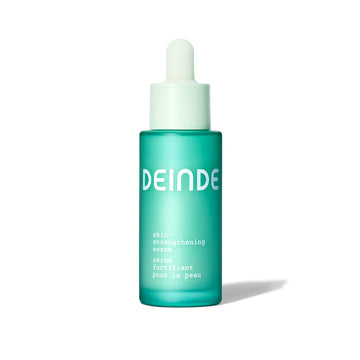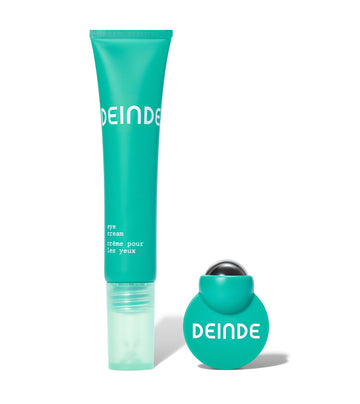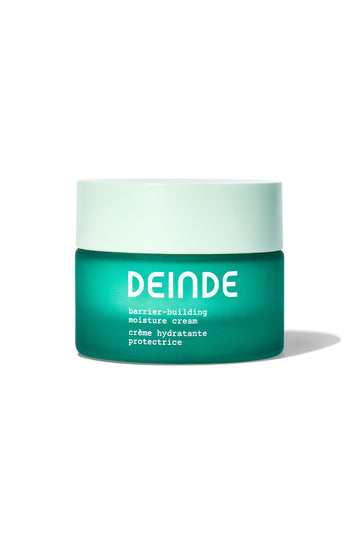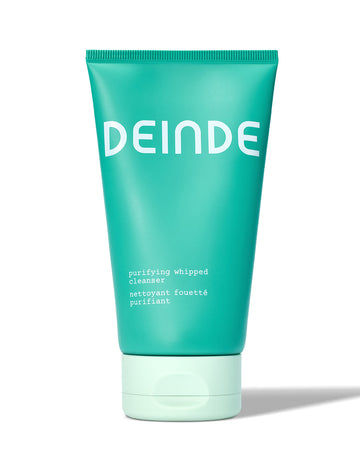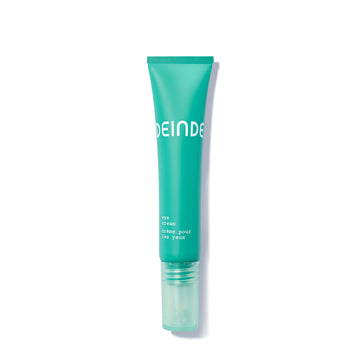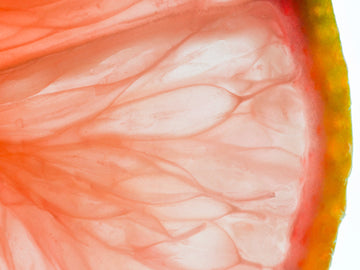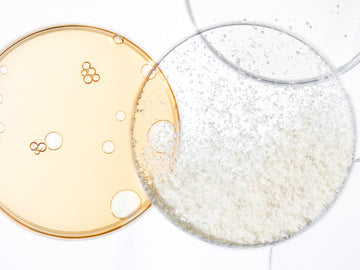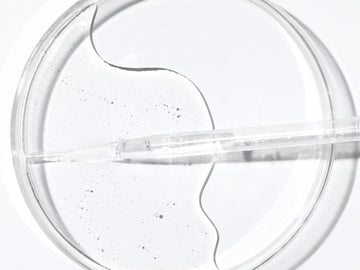
Skincare Science: The History of Biotech in the Beauty Industry
The beauty industry has always left a footprint: on culture, on our relationship with products, and on our perception of aging.
It’s not hard to understand why. This space is ever-present — it’s likely that you come across formulations daily, whether at your local market, boutiques, or through online advertising. Skin will always be with us, and even the simplest of skincare routines rely on some level of care.
Much like with fabric or foods, methods of caring for the skin are linked to certain cultures and what was historically available. Egyptians reached for ingredients like honey, olive oil, and milk to moisturize. Traditional Chinese medicine integrated Qi, herbal remedies, and ingredients like rice brans and silk extracts. Public bathing rich with oils and perfumes were common in the Greco-Roman Era.
As we exist post-globalization, we have the privilege to access a diverse collection of ingredients and techniques. Through complex supply chains, we’re privy to rich argan oil from Morocco, botanicals from the Amazon rainforest, and techniques like the Gua Sha that derived from Eastern traditions. We’ve selected elements of each of these geographically specific rituals and more, to develop the beauty industry as we know it today, while incorporating cutting-edge scientific advancements.
DEINDE believes that biotech is the evolution of the beauty space as we know it — built on what we’ve developed over hundreds of years.
The Evolution of Skincare Science
Over the past 20 years, with scholars like Campisi and Zhang leading the way, inflammaging has emerged as a breakthrough understanding of the body’s aging process...and with that, how we define lifespan. Inflammaging doesn’t just impact the skin, but rather our entire relationship to inflammation and resulting chronic conditions throughout the body. Studies show that age-related diseases like Alzheimer's disease are inextricably linked to inflammaging thanks to the intimate relationship between cellular senescence, low-grade inflammation, and accelerated aging mechanisms.
To understand the beauty industry is to understand chemistry. Chemistry, in some form, has been integral to developing skin care products for over 200 years as plants, animals, and petrochemicals were leveraged and chemically processed to develop a range of formulations.
Luckily, we’ve progressed from incorporating arsenic and mercury in creams and moisturizers. It’s worth noting that chemistry and beauty have coexisted since the 1700s. The integration of synthetic compounds, preservatives, and bioactive ingredients introduced a new approach to skincare that couldn’t be attained solely through natural ingredients. Through the studies of the molecular cosmetic structures of active ingredients, the interplay of chemical reactions, and the intricacies of biological processes, the past few centuries of chemically led skincare have developed a baseline from which to innovate and learn.
The roots of biotech can be traced back even further than chemistry, as biotech uses fermentation as its primary tool. Fermentation was likely utilized by early human societies thousands of years ago for food and beverage production.
However, biotech as a field emerged in the mid-20th century with research that confirmed DNA’s structure. This discovery laid the foundation for molecular biology as it provided a blueprint to understand the genetic code. A later discovery in the early 1970s allowed scientists to splice and recombine genes. For biotech, this set the stage to manipulate and commercialize genetic material as well as manipulate medicine and agriculture to hand-select organismal design with specific characteristics — whether that’s the integration of therapeutic proteins or to create disease-resistant crops.
Until the 2000s, biotech was primarily applied to the above industries, save for a few commercial applications in the beauty space. Over the past few years, the integration of biotech in the beauty and dermatology space has drastically increased. We’re seeing alternatives to traditionally environmentally harmful ingredients like palm oil, shark-derived squalene, and endangered botanical essences.
Beyond beauty and skin health, biotech is being harnessed for everything from lab-grown pearls, to leather, to diamonds. This indicates a collective cultural shift in understanding the breadth of impact that consumerism has had on fragile ecosystems and complex supply chains— providing a viable alternative that delivers the same, if not better quality, goods. This is just the beginning.
What is biotech beauty?
Biotech beauty refers to lab-designed ingredients that replace naturally occurring elements that are difficult to source. Fermentation is the primary method biotech harnesses to produce compounds. Through a controlled and scalable process, microorganisms like bacteria or yeast are cultivated in specialized environments. Within these environments, microorganisms naturally metabolically transform, shifting raw material into a highly calculated, desired outcome. There are a significant number of benefits to a biotech beauty approach — here are a few that stand out for DEINDE.
→ Genetic Engineering
Biotech allows scientists to access a DNA library, experiment with the code, and ferment for an ideal output. This is notable for rare and novel ingredients beyond what’s currently available in the market. The ability to alter the genetic code allows for control over the characteristics and potency of ingredients — for example, that can include boosting the production of skin-hydrating molecules or developing potent antioxidants to address skin concerns.
→ Efficacious & Novel Ingredients
With biotech, there’s no longer a physical constraint to sourcing ingredients, nor is there a substantial land, water, and energy footprint. This is notable for rare and novel ingredients with potency beyond what’s currently available in the market.
For example, Vitamin C is commonly used by skincare brands because it is so easy to scale. There are so many plants with minuscule compounds (like Naringenin) that are significantly richer in antioxidants yet haven’t become mainstream due to the fact that they are difficult to process by traditional methods. A larger pool of ingredient diversity, made possible through biotech, has the potential to completely shift our understanding of what can be included in skin-supporting formulations. These biotech-produced ingredients are better performing, safer, and consistent because they are developed in a highly controlled environment.
→ Reduced Environmental Footprint
Skincare is reliant on complex supply chains and has a significant environmental footprint through ingredient sourcing, processing, transportation, and product end of life. Producing ingredients in a biotech lab means a streamlined supply chain with fewer hands touching the ingredients that traditionally are sourced from farms, fields, mines, or fisheries.
Studies cited:
- Biocosmetics: technological advances and future outlook | PMC
- Cosmetics - chemical technology or biotechnology? | NCBI
- Research Progress on Skin Aging and Active Ingredients | PMC
- An Introduction to Biotechnology | PMC
